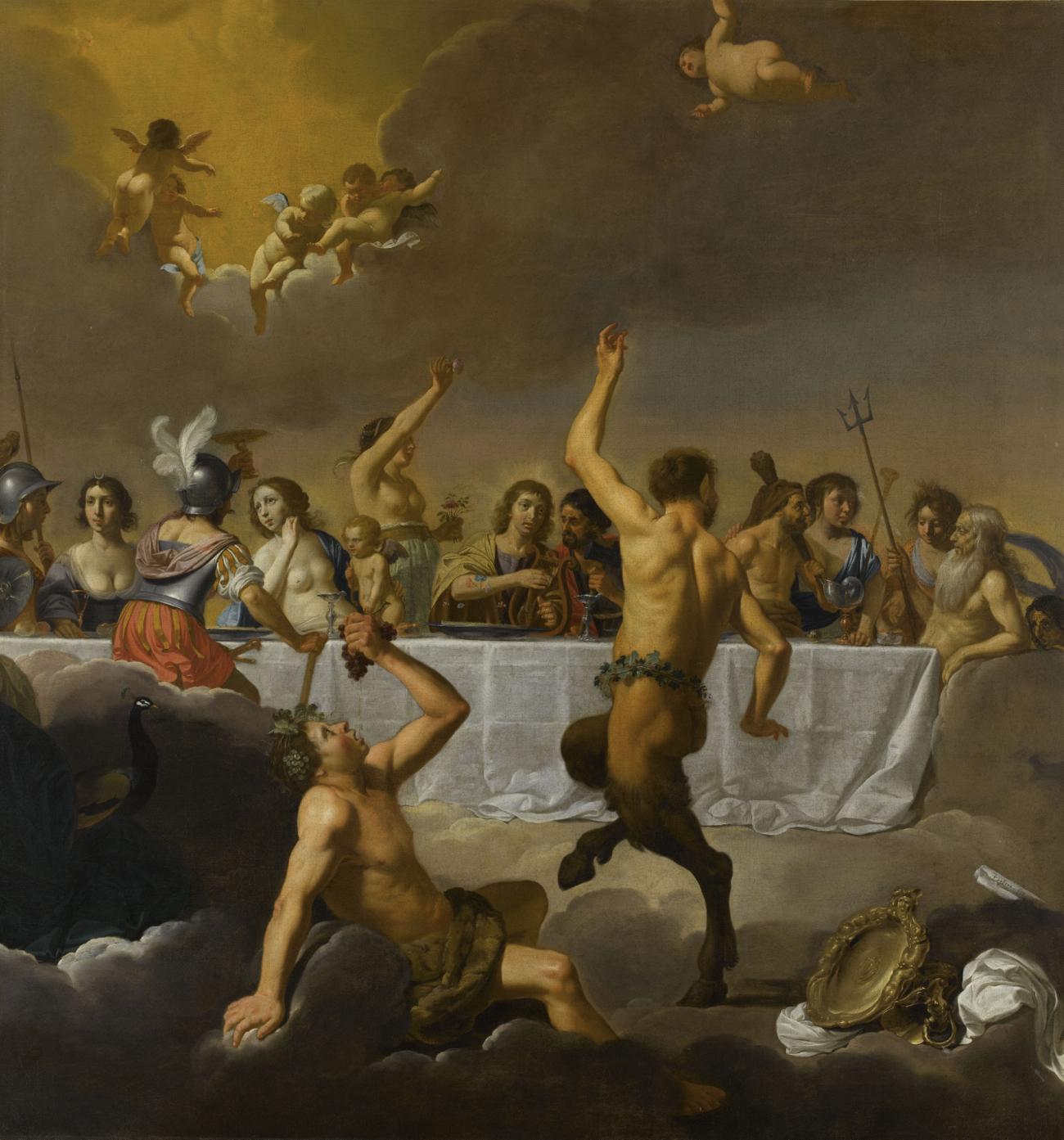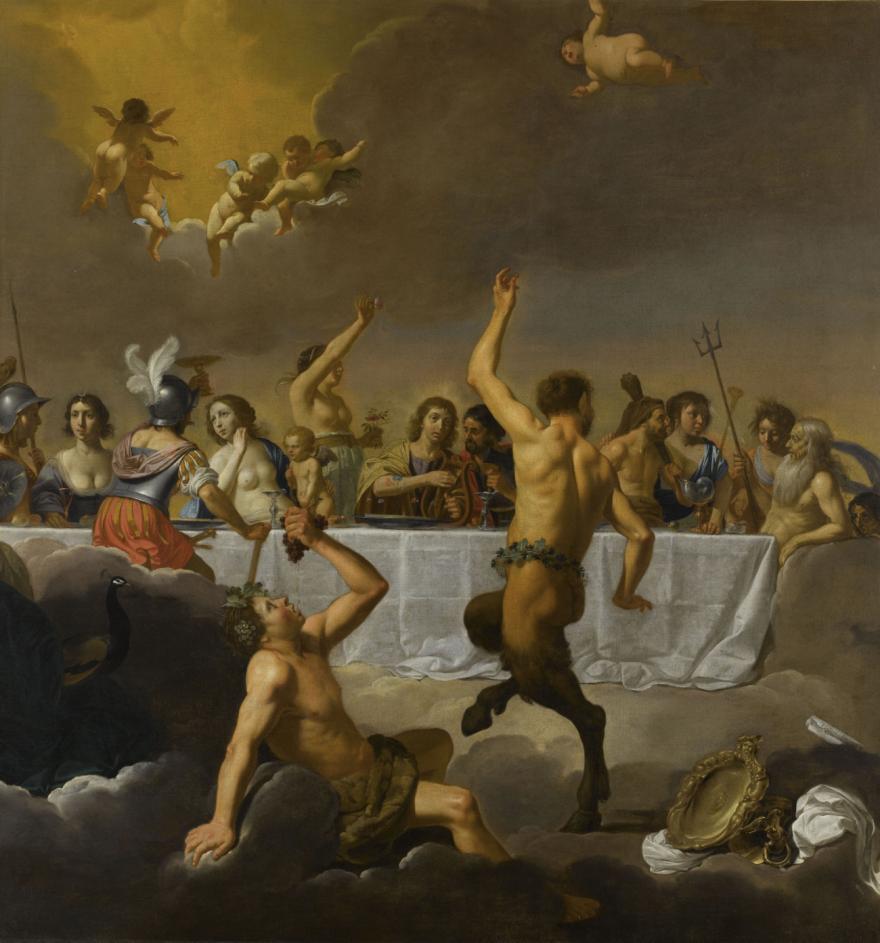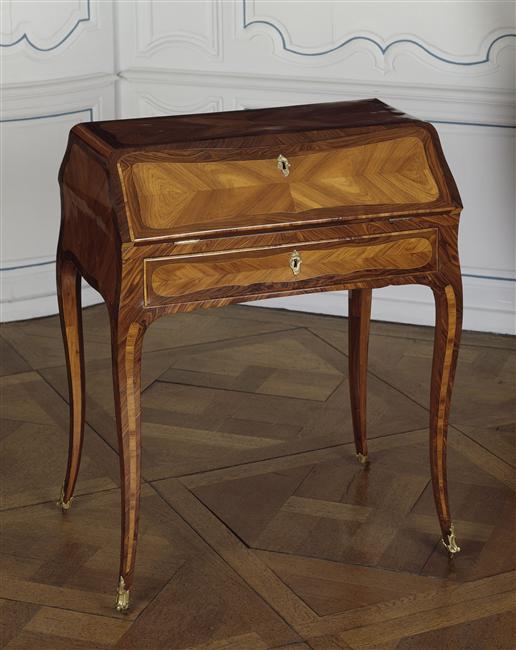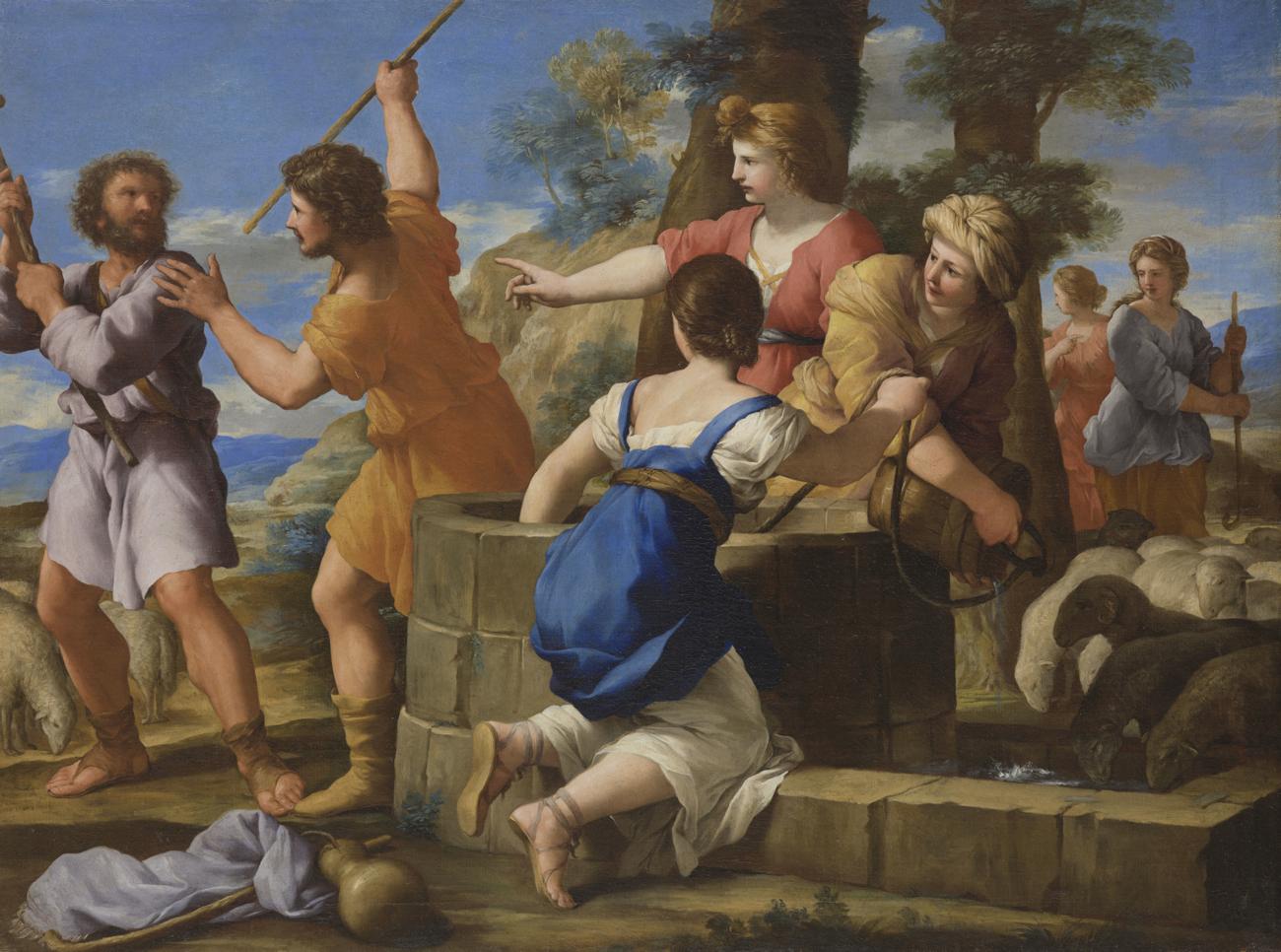
Écoles du Nord, scandinave et anglaise
The Feast of the Gods
The gods have assembled on Mount Olympus for a banquet to celebrate the marriage of Thetis and Peleus. On the left are Minerva, Diana, Mars and Venus accompanied by Cupid. Flora, the goddess of spring, stands behind them. Apollo, wearing his crown, and identifiable by his lyre, presides at the centre of the table. Further away, we can see Hercules with his club and Neptune with his trident. On the extreme right, Eris has placed the apple of disorder on the table. Certain gods are absent, hinted at by the presence of Juno’s peacock, probably because the canvas was cut away on the left-hand side. The theme of the gods’ festivities was popular in Holland; Hendrick Goltzius’ engraving, Le Mariage de Psyché et de l’Amour [The Marriage of Cupid and Psyche] sparked off a huge output of works illustrating this subject.
Biljert was in Rome in the early 1620s, and like his fellow artists from Utrecht - Ter Brugghen, Honthorst, Baburen – he was impressed by Caravaggio’s art. The Satyr dancing on the table and Bacchus lying in the foreground, holding a bunch of grapes above his mouth, recall the naturalism of Caravaggio, albeit somewhat tempered: ochre-coloured flesh and figures seen close up in unorthodox poses. However, the considerable popularity that this Italian painter enjoyed would not last. His influence had all but disappeared by 1630, when Biljert turned towards a new international artistic trend, Classicism. The frieze-like composition, painting en camaieu, the prevalence of drawing and the luminosity of the daylight in this painting are a response to this new direction




